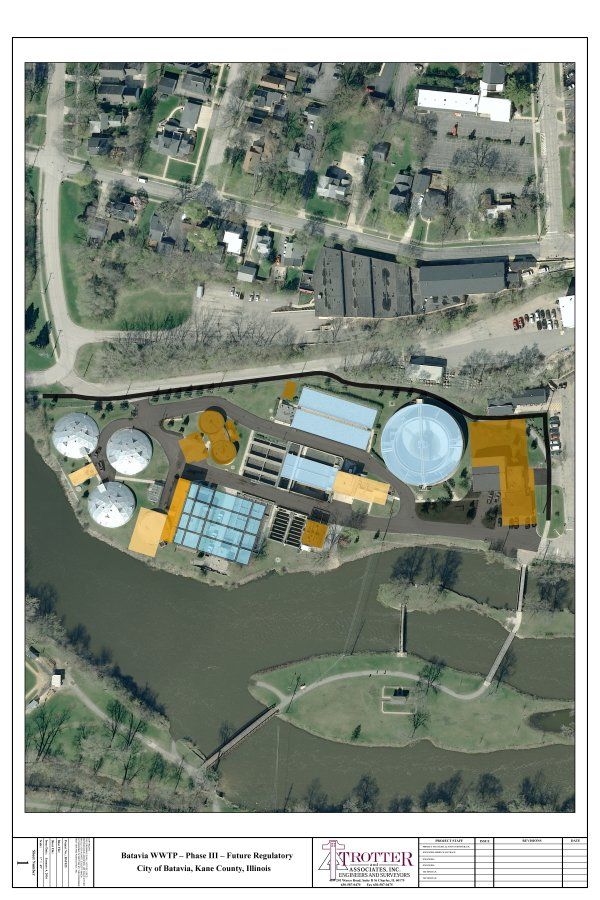Corporate Office
40W201 Wasco Road, Suite D
St. Charles, IL 60175
Phone: 630.587.0470
Fax: 630.587.0475
2014 Facility Plan and Phosphorus Removal Feasibility Study
The City of Batavia owns and operates a 4.2 MGD conventional activated sludge wastewater treatment facility. The plant was originally constructed in 1935 and has been expanded numerous times over the life of the facility. Scott Trotter has worked with the City of Batavia on wastewater projects since 1990. In 2008, TAI completed a Wastewater Master Plan Update that outlined the City’s short and long term needs with respect to expansion, rehabilitation and regulatory upgrades.
In 2012, TAI updated the plan and evaluated emerging technologies and alternative conventional processes to meet the City’s needs. Previous reports had established that expansion was necessary, and therefore the plant would need to remove total nitrogen due to anti-degradation requirements. Numerous configurations were considered for BNR including A2O, Bardenpho, UCT and MLE processes. The City of Batavia’s treatment facility is “land locked” and the detention time required to achieve BNR within the existing tankage prompted the team to analyze Integrated Fixed Film Activated Sludge (IFAS) and lysis technologies to reduce footprint and sludge production.
In 2014, the City elected to pursue acquisition of additional property and move forward with a conventional 5-Stage Bardenpho process due to its robust nature and ability to meet future limits. During the due diligence, the Illinois EPA and the Fox River Study Group (FRSG) arrived at consensus with respect to NPDES permit language regarding future nutrient limits. The permit language requires POTW’s to complete a Phosphorus Removal Feasibility Study for meeting permit limits of 1.0 and 0.5 mg/L total phosphorus (TP) as well as design and construction of the necessary improvements for 1.0 mg/L within 54 months.
Due to the compliance schedule and other issues identified during due diligence, the City determined that land acquisition was not practical and directed TAI to proceed with design of the on-site alternative. The proposed design will allow for construction in phases. Phase I includes Chem-P to meet the interim 1 mg/L TP standard, and this project was completed in 2019. Phase II will incorporate a 5-Stage Bardenpho process for biological nutrient removal.
TAI also completed the Phosphorus Removal Feasibility Study. Previous reports had provided a thorough analysis of BNR technologies and selected the 5-Stage Bardenpho Process. This work was incorporated into the study with respect to the Present Worth Analysis. However, due to the dates within the compliance schedule, the City implemented Chem-P during Phase I. TAI worked with the City and Suburban Laboratories to complete jar testing and determine the chemical dosage requirements necessary for meeting the 1.0 mg/L and 0.5 mg/L TP limits.
The report also included conceptual design of five alternative biological process layouts for the ultimate design and layout of the facility. These designs were thoroughly vetted with a 3rd party review prior to making recommendations to the City and submitting the Facility Plan and Feasibility Study. The alternative recommended by this process and accepted by the City was a deep-basin design for the expanded biological process. This design was included in the Facility Plan Update and Phosphorus Removal Feasibility Study, which were both submitted in 2014.
CORPORATE OFFICE
© Trotter & Associates, Inc.
CORPORATE OFFICE
© Trotter & Associates, Inc.

